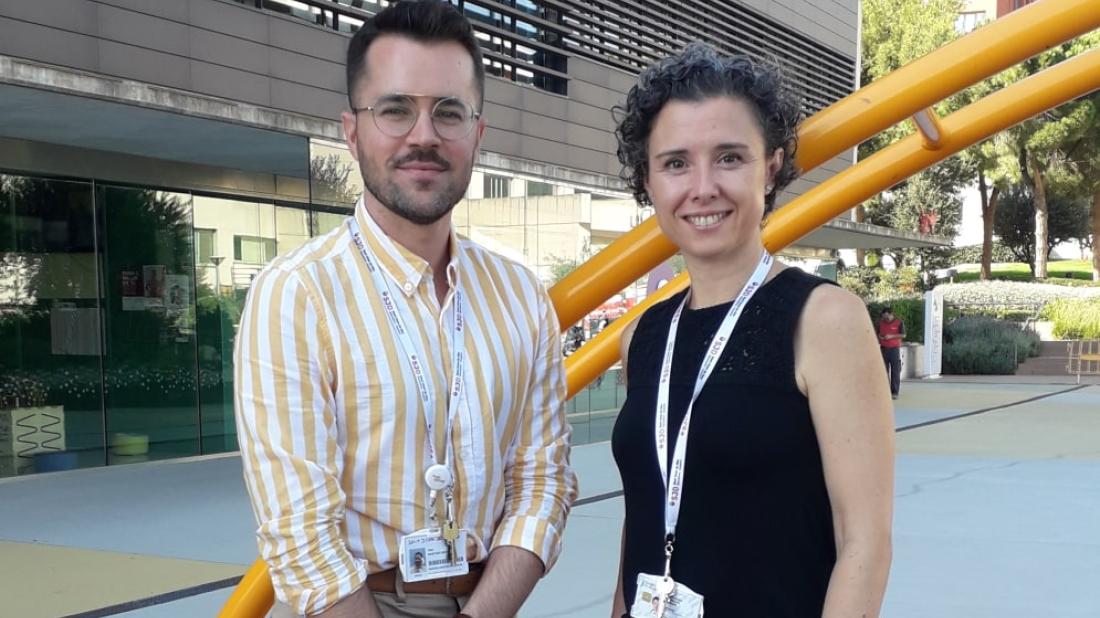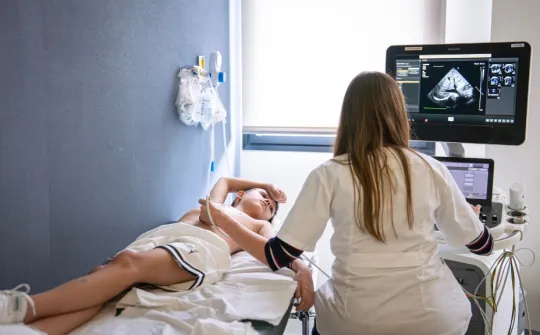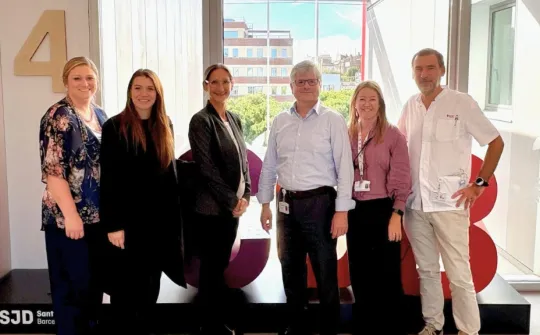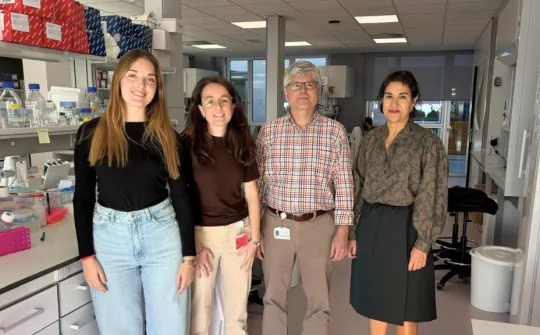
The drug has been on the market since the 1950s, costs two euros and is indicated for altitude sickness, heart failure and glaucoma
A team of researchers from SJD Barcelona Children’s Hospital has discovered a treatment that significantly improves the stability of children with a metabolic disease called PMM2-CDG (phosphomannomutase 2). This disease causes a cerebellar syndrome that leads to instability when walking, lack of motor coordination and language and concentration problems, similar to the cerebellar symptoms caused by alcohol intoxication or typical drunkenness. Until now, there was no treatment available to combat these symptoms, which have a significant disabling effect on children’s daily lives.
Researchers have discovered that a drug already available on the market costing two euros, which is indicated for the treatment of altitude sickness, heart failure, glaucoma and epilepsy, is also effective for the treatment of the cerebellar syndrome that causes tremors and stability problems in these children.
The discovery, made by researchers Mercedes Serrano and Antonio Martínez-Monseny at the Sant Joan de Déu Research Institute, has been published in the prestigious neurology journal Annals of Neurology (with an impact factor of 10.25).
The most common of the CDG, a group of inborn errors of metabolism
PMM2-CDG is a disease caused by an inborn error of metabolism and, specifically, by a congenital disorder of the glycosylation of proteins. There are over 120 diseases known to form part of this group of disorders but PMM2-CDG is the most common.
This is a rare disease that affects some 70 patients in Spain. In 30% of affected children the disease is severe, involves multiple organs and can be fatal. All patients will have cerebellar syndrome to one extent or another which manifests with symptoms similar to alcohol intoxication or drunkenness: they stagger when they walk, they slur their words when speaking and they cannot control the movement of their hands, eyes, etc.
In addition, these children have a high risk of suffering stroke-like episodes. These episodes may resemble a cerebral infarction to a doctor (obnubilation, epileptic seizures, paralysis, etc.), but they are not and therefore require different treatment.
These stroke-like episodes occur in some channelopathies, disorders where proteins that regulate the entry and exit of molecules in neurons do not work properly. In some channelopathies, treatment with acetazolamide is effective and so the researchers concluded that it might also be effective for children with PMM2-CDG.
A two-euro drug on the market for almost 70 years
For six months, in coordination with doctors from all over Spain who treat patients with PMM2-CDG, the researchers gave acetazolamide to 23 children from Madrid, Galicia, Pamplona, Castille-León, Andalusia, Aragon, Canary Islands, Andorra and Catalonia. Out of the 23 children, 20 improved.
After six months, the acetazolamide was stopped for five weeks in half of the children to compare their progress with those who continued to receive the medication and assess whether the improvement they had experienced was attributable or not to the drug treatment.
The results showed that the children who continued to take the medication, which costs two euros and has been used since the 1950s, remained stable. In contrast, in those who stopped taking the drug, the symptoms worsened until they were back to where they started.
This study was possible thanks to donations from the Fundación Inocente Inocente, Torró Solidari RAC1 of Torrons Vicens and the AESCDG (the Spanish CDG association).



